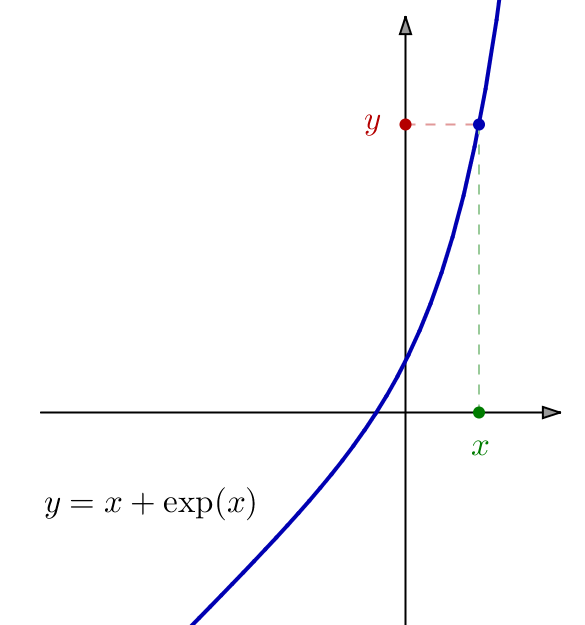Lettre Q
QUANTIFICATEUR
En mathématiques, on utilise de façon permanente les symboles :
- d’égalité =
- d’appartenance ∈
- d’inclusion ⊂
- d’implication ⇒
- d’équivalence logique ⇔
A ceux-là s’ajoutent ![]() et
et ![]() qu’on appelle les quantificateurs.
qu’on appelle les quantificateurs.

Quantificateur Existentiel →
← Quantificateur Universel

Exemple 1
L’assertion
![]()
Elle est vraie, c’est bien connu 🙂
Exemple 2
L’assertion
![]()
Elle est bien entendu fausse …
Lorsque deux quantificateurs distincts se suivent, l’ordre importe !
Ainsi, dans l’exemple ci-dessus, on obtient après interversion la nouvelle assertion :
![]()
Pour en savoir davantage sur l’interversion de quantificateurs, voir cet article.
Exemple 3
L’assertion
![]()
En effet :
![]()
Mais cet entier n’est pas unique, puisque
![]()
Exemple 4
Pour exprimer l’existence et l’unicité d’un objet possédant une propriété donnée, on place un point d’exclamation juste après le quantificateur existentiel. Ainsi, l’assertion :
![]()
Elle exprime donc le caractère bijectif de l’application ![]()

Exemple 5
L’assertion
![]()
Nul ne sait, à ce jour (février 2021), si elle est vraie… c’est la célèbre conjecture de Goldbach.

